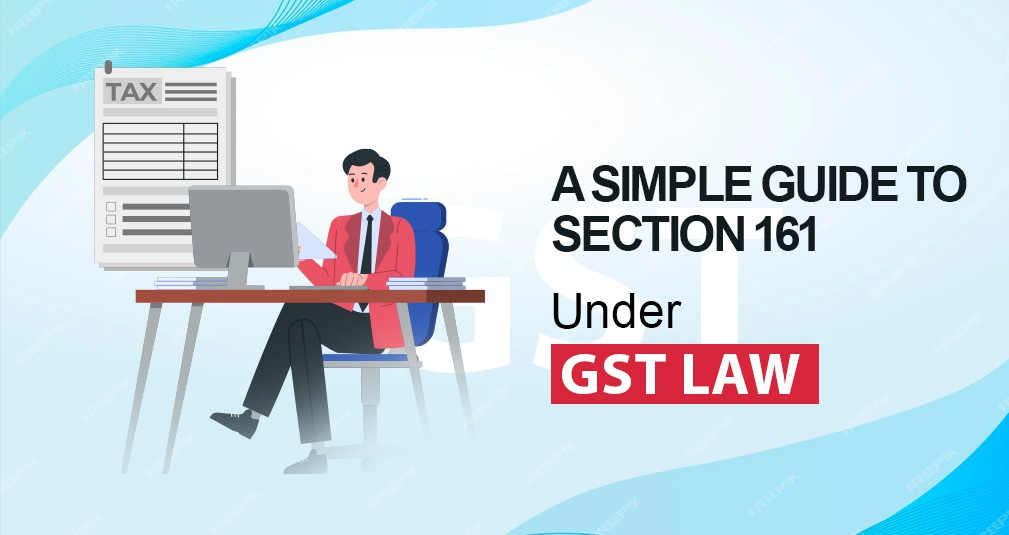
Points to be Noted While Filing GSTR-3b Return
Why is it necessary to File GSTR-3B?
Filing GSTR-3B is important for several reasons:
1. Legal Requirement: It is a legal requirement for every registered taxpayer under GST to File GSTR-3B. Non-filing or delayed filing can attract penalties, interest, and even cancellation of GST registration.
2. Payment of Tax: GSTR-3B is a self-assessment return, which means that the taxpayer needs to calculate and pay the tax liability as per the return. Filing the return on time helps the taxpayer to avoid late payment of tax and the consequent interest and penalties.
3. Reconciliation: GSTR-3B provides a summary of the taxpayer's outward and inward supplies, which can be used for reconciliation with other returns such as GSTR-1 and GSTR-2A. This helps in identifying any discrepancies and rectifying them in a timely manner.
4. Tax Compliance: GSTR-3B is a summary return that provides information about the taxpayer's tax liability, input tax credit, and other details related to sales and purchases. Filing the return helps the taxpayer to comply with GST laws and regulations.
5. Compliance Rating: The compliance rating of a taxpayer is based on their GST returns and payment history. Timely and accurate filing of GSTR-3B helps the taxpayer to maintain a good compliance rating, which can be beneficial in the long run.
6. Input Tax Credit: GSTR-3B allows taxpayers to claim an input tax credit on their purchases. Timely and accurate filing of the return ensures that the taxpayer is able to claim the correct amount of ITC.
Filing GSTR-3B is important for ensuring tax compliance, claiming an input tax credit, and avoiding penalties and interest. It also helps in maintaining a good compliance rating and ensuring proper reconciliation of GST returns.
Key points to note for filing GSTR-3B:
GSTR-3B is a monthly summary return that must be filed by every registered taxpayer under GST in India. Here are some crucial points to keep in mind while filing GSTR-3B:
1. Due Date: The due date for filing GSTR-3B is the 20th of the following month for which the return is being filed. For example, for the month of March 2023, the due date for filing GSTR-3B would be April 20, 2023.
2. Return Period: GSTR-3B must be filed for each tax period, which is typically a calendar month.
3. Filing Mode: GSTR-3B can be filed online on the GST portal (www.gst.gov.in).
4. Input Tax Credit (ITC): The ITC claimed in GSTR-3B should match with the ITC available in the taxpayer's electronic credit ledger. Any excess or ineligible ITC should not be claimed in GSTR-3B.
5. Sales and Output Tax: The details of outward supplies (sales) made during the month and the output tax liability should be accurately reported in GSTR-3B.
6. Payment of Tax: GSTR-3B is also a self-assessment return, which means that the taxpayer needs to calculate and pay the tax liability as per the return. The tax liability can be paid through the GST portal using challan GST PMT-06.
7. Late Fee: If GSTR-3B is not filed by the due date, a late fee of Rs. 50 per day (Rs. 20 for taxpayers having nil tax liability) would be applicable.
8. Revision of Return: GSTR-3B once filed cannot be revised. However, any errors or omissions can be corrected in the subsequent GST returns .
9. Reconciliation: It is important to reconcile the data reported in GSTR-3B with the data reported in other returns, such as GSTR-1 (for outward supplies) and GSTR-2A (for inward supplies).
10. Filing of Nil Return: Even if there are no transactions during a month, a nil return must be filed in GSTR-3B.
For more info, Visit us at: https://academy.tax4wealth.com/
Related News
No comments yet, Be the first to comment.













